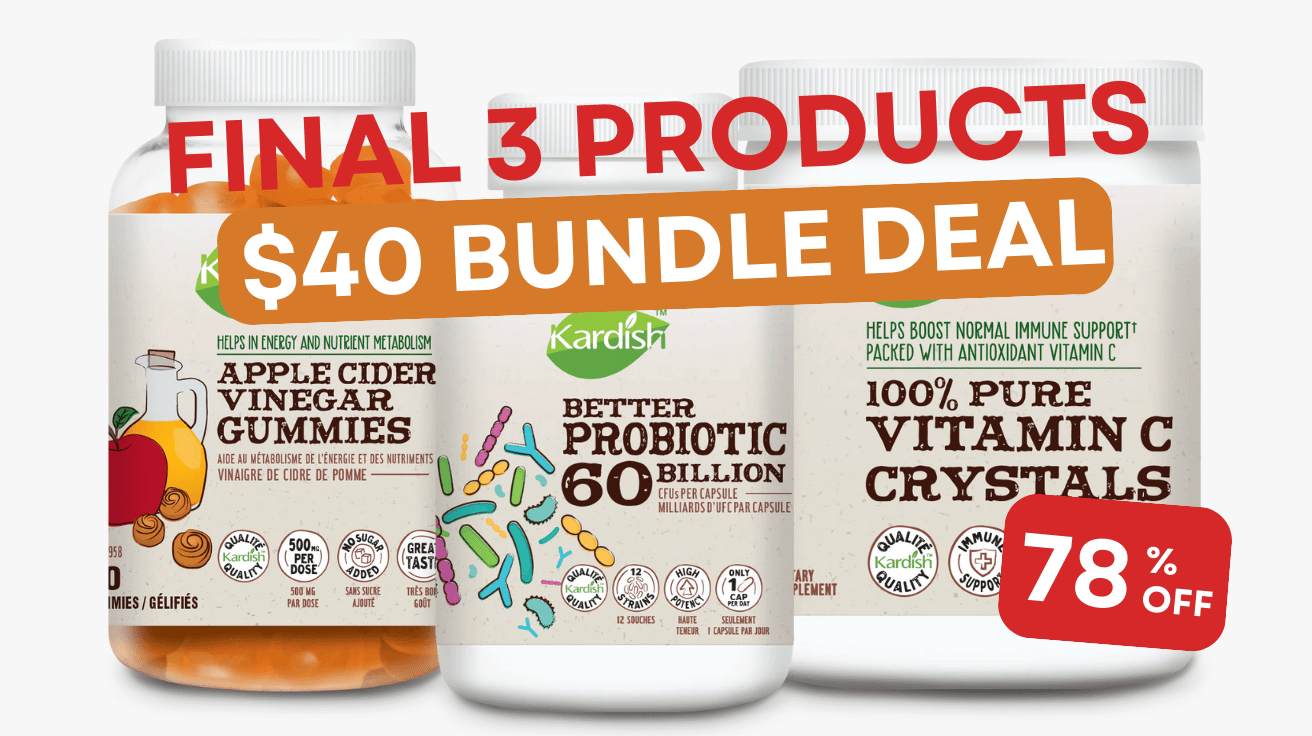
Do you see what I see? Is that the sun poking out from behind the clouds?
We’ve had a pretty grey and dreary winter, and the sun is indeed a sight for sore eyes. And while we certainly don’t want to block out all of its health-giving attributes (vitamin D, anyone?), rates of melanoma – the deadliest skin cancer – have tripled over the past few decades.
It’s important to protect our skin from harmful UV rays. But if you’re concerned about avoiding products that contain ingredients that may be harmful to you or your children, you may be unsure where to turn.
At Kardish stores, we carry two of the best brands of barrier sunscreen, that we know you will love. Green Beaver products are made just down the highway in Hawkesbury, and are made from the safest ingredients available, and Badger products have equally high standards. Both brands offer sunscreens for a variety of needs, including for babies, kids, and active lifestyle.
Natural sunscreens also tend to be made by product makers – including these two brands - that do not test on animals, which is always a good thing.
What’s the difference?
Barrier sunscreens use zinc oxide or titanium dioxide to form a physical barrier to block harmful UVA and UVB rays, whereas chemical sunscreens use chemicals to react with the skin to protect against sun damage.
Physical barrier sunscreen starts working the moment that they are applied to skin, but conventional sunscreens need a bit more time to react, and unlike barrier sunscreens, can be absorbed into your skin. In fact, they use specific chemicals that absorb UV light to prevent burning. (Barrier sunscreens can sometimes result in a “whitening” effect when applied – this is a good thing! It’s the barrier that’s protecting your skin.)
The Environmental Working Group has warned consumers to avoid products with oxybenzone and retinyl palmitate. Oxybenzone is found in most chemical sunscreens, and it can penetrate the skin, cause allergic skin reactions and may disrupt hormones.
Sunscreens containing retinyl palmitate (Vitamin A) may irritate the skin and increase photosensitivity, and concerns have been raised about developmental and reproductive toxicity, and the potential for biochemical or cellular level changes.
Barrier sunscreens are also easier on our environment; oxybenzone, octocrylene, octinoxate and other compounds commonly used in conventional chemical sunscreens have been found to pose threats to the environment.
So how can you ensure that you’re protected?
- Avoid sunscreens containing oxybenzone and retinyl palmitate
- Check the label to confirm that the product offers UVA and UVB protection (or “broad spectrum protection”).
- Know that SPF protection does not increase substantially with an increased SPF number. An SPF of 15 absorbs 93 per cent and an SPF of 30 absorbs 97 per cent.
- Reapply your sunscreen every two hours and after swimming or sweating
- Opt for lotions over sprays, as lotions provide more even coverage.
- Limit your time in the sun, wear a hat and cover up.
- Keep young babies out of the sun – cover them up and opt for shady spots to sit or picnic.
- Keep kids and children out of the midday sun to prevent burns.




Leave a comment (all fields required)